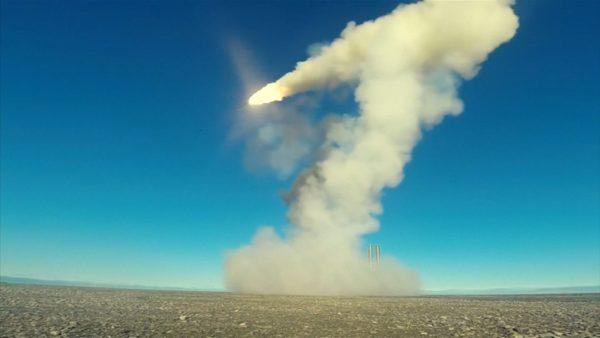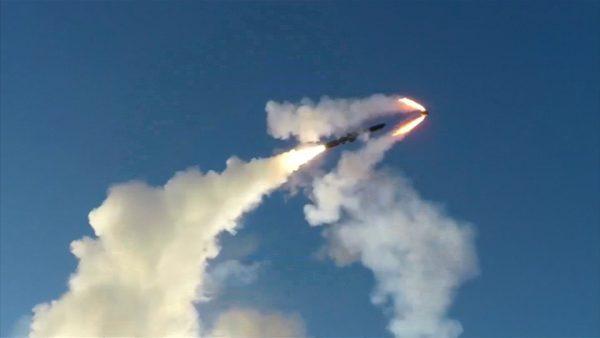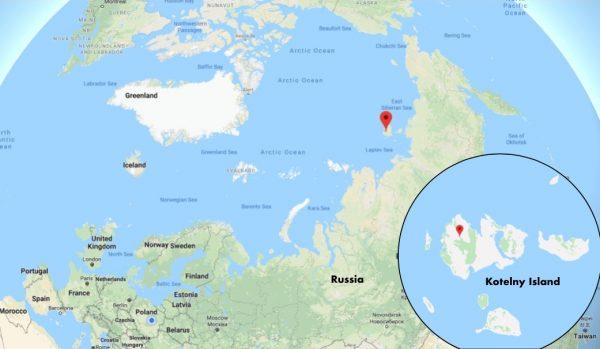The Russian military has deployed anti-ship missiles in the Arctic, in a sign that—if necessary—the nuclear power intends to protect its claims in the resource-rich region by force.
A video released by the country’s defense ministry on Sept. 26, showed multiple launches of supersonic P-800 Onyx missiles, which are part of Russia’s Bastion coastal defense complex.
The ministry said the launches were a part of tactical drills by the North Navy Fleet.

“Rocket fire will be launched at a remote target simulating a group of enemy surface ships,” the spokesman was quoted as saying, according to Interfax.
Moscow’s interest in the Arctic stems from the discovery of immense untapped oil and natural gas reserves in the region, as well as from the desire to secure access to the Northern Sea Route (NSR).

The missile deployment comes just days ahead of the expected arrival in the port city of St. Petersburg of the Venta Maersk, a specially strengthened vessel that is the world’s first container ship to venture into the Russian Arctic. The maiden voyage of the Russian ship is reported to be a test run to determine the feasibility of NSR as a shipping route—and a sign of increased interest in the Arctic.

The recently released footage showed an Onyx missile, which can travel at speeds of up to 1,980 mph (3,186 kph), shooting up in the air and then gliding above the sea towards a mock target designed to simulate a group of hostile ships.
“These efforts have shown the whole world that Russia is something to be reckoned with,” he said, in reference to a series of new weapons presented by Putin in March of this year. “To put it mildly, the whole world underestimated Russian industry, Russian defense industry, and all our achievements, saying that everything is rusty, their rockets don’t fly.
“We have some very good beginnings, and to some extent, we are trend-setters,” Borisov said, according to TASS.




